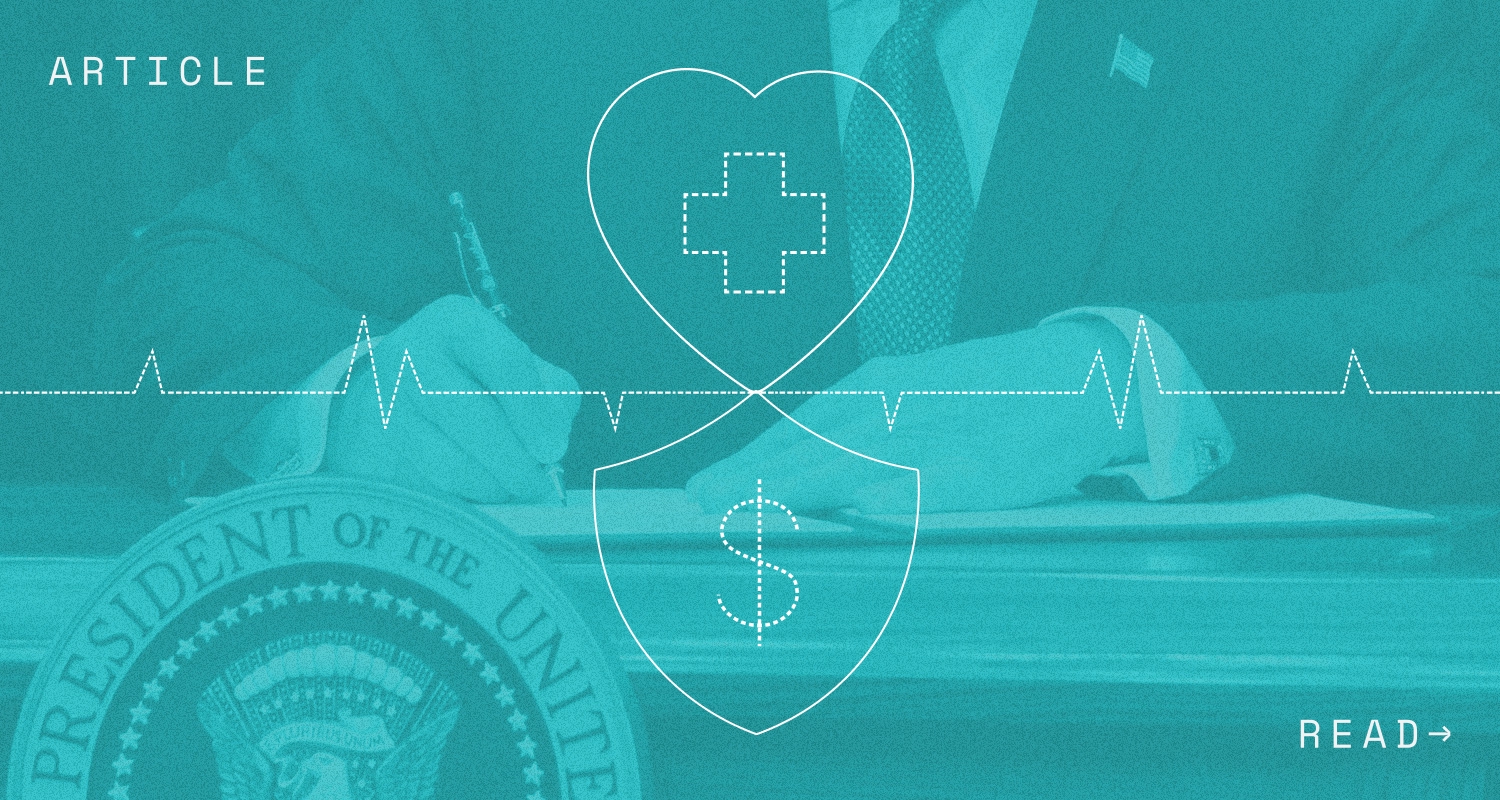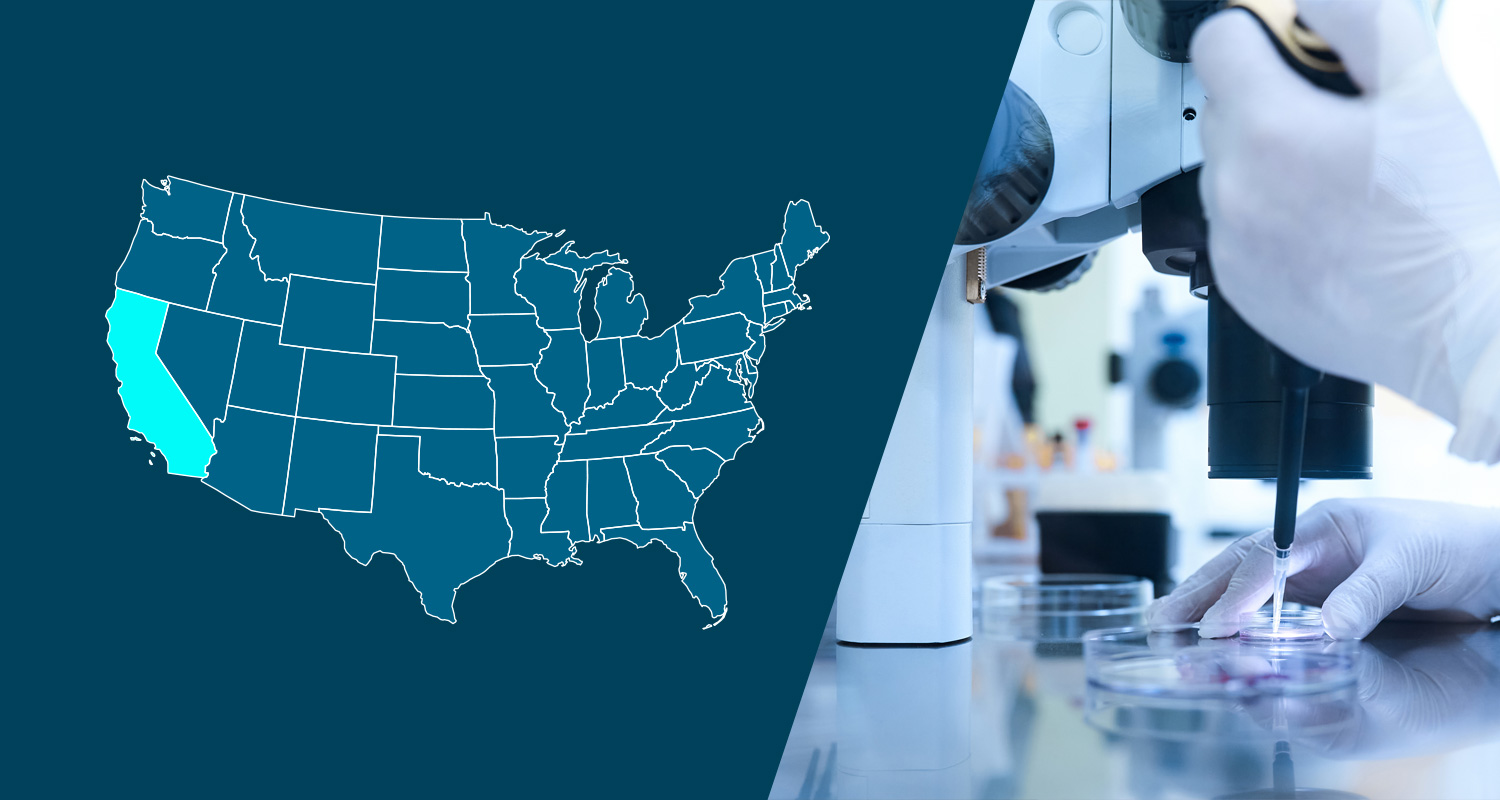Compliance Snapshot:
- Treatment is no longer limited to in-person visits and telemedicine care meets the criteria for establishing an FMLA-qualifying leave;
- Employers should be cognizant of the DOL’s position on telehealth when considering FMLA leave requests;
- Employers should train managers and leave administrators on changes to FMLA in light of the ongoing pandemic.
On December 29, 2020, the U.S. Department of Labor (“DOL”) issued guidance in the form of a Field Assistance Bulletin (“FAB”) with respect to the use of telehealth care for purposes of establishing a serious health condition under the Family and Medical Leave Act. The FMLA requires covered employers to provide eligible employees up to 12 weeks of unpaid leave in a 12-month period for a serious health condition or to care for an immediate family member.
What is Considered a Serious Health Condition under the FMLA?
Under the FMLA a “serious health condition” is an illness, injury, impairment, or physical or mental condition that involves either: (1) “inpatient care” such as an overnight stay in a hospital, hospice, or residential medical care facility, including any period of incapacity or any subsequent treatment in connection with such inpatient care, or (2) continuing “treatment” by a health care provider.
What is Considered Treatment under the FMLA?
The FMLA regulations define the term “treatment” to include examinations to determine if a serious health condition exists and evaluations of the condition. The regulations also currently state that treatment by a health care provider means an “in-person” visit. As a direct response to the ongoing COVID-19 pandemic, the DOL issued guidance on this “in-person” requirement by permitting telemedicine as acceptable for establishing a serious health condition.
What is Considered an “In-person” visit to a Health Care Provider under the FMLA?
According to the FAB, the DOL will consider a telemedicine visit with a health care provider as an “in-person” visit, provided specified criteria are met. To be considered an “in-person” visit, the telemedicine visit must include:
- an examination, evaluation, or treatment by a health care provider;
- be permitted and accepted by state licensing authorities; and
- generally, should be performed by video conference.
Communication methods that do not meet these criteria (e.g., a simple telephone call, letter, email, or text message) are insufficient (by themselves), to satisfy the regulatory requirement of an “in-person” visit.
How Does the FAB Change Prior Guidance on Telemedicine under the FMLA?
In July 2020, the DOL provided guidance in the form of Frequently Asked Questions (“FAQ”) with respect to the administration of FMLA during the ongoing COVID-19 pandemic. The FAQs declared that until December 31, 2020, the DOL will consider telemedicine visits to be in-person visits, and will consider electronic signatures to be signatures, for purposes of establishing a serious health condition under the FMLA. (FAQ Question #12). This position has now been solidified by virtue of the FAB for the time being, however, it is not yet clear whether this flexibility will be adopted on a more permanent basis.
Additional Resources
- Field Assistance Bulletin No. 2020-8
- COVID-19 and the FMLA – Questions and Answers
- Family and Medical Leave Act
- Department of Labor – Wage and Hour Division
- Sequoia Blog: The DOL Releases New Model FMLA Forms & Notices
- Sequoia Blog: [Updated] FMLA Focus: Certification and Re-Certification for FMLA Absences
- Sequoia Blog: DOL Declared That Employers Must Designate FMLA-qualifying Leave up Front and Without Delay
Disclaimer: This content is intended for informational purposes only and should not be construed as legal, medical or tax advice. It provides general information and is not intended to encompass all compliance and legal obligations that may be applicable. This information and any questions as to your specific circumstances should be reviewed with your respective legal counsel and/or tax advisor as we do not provide legal or tax advice. Please note that this information may be subject to change based on legislative changes. © 2021 Sequoia Benefits & Insurance Services, LLC. All Rights Reserved




